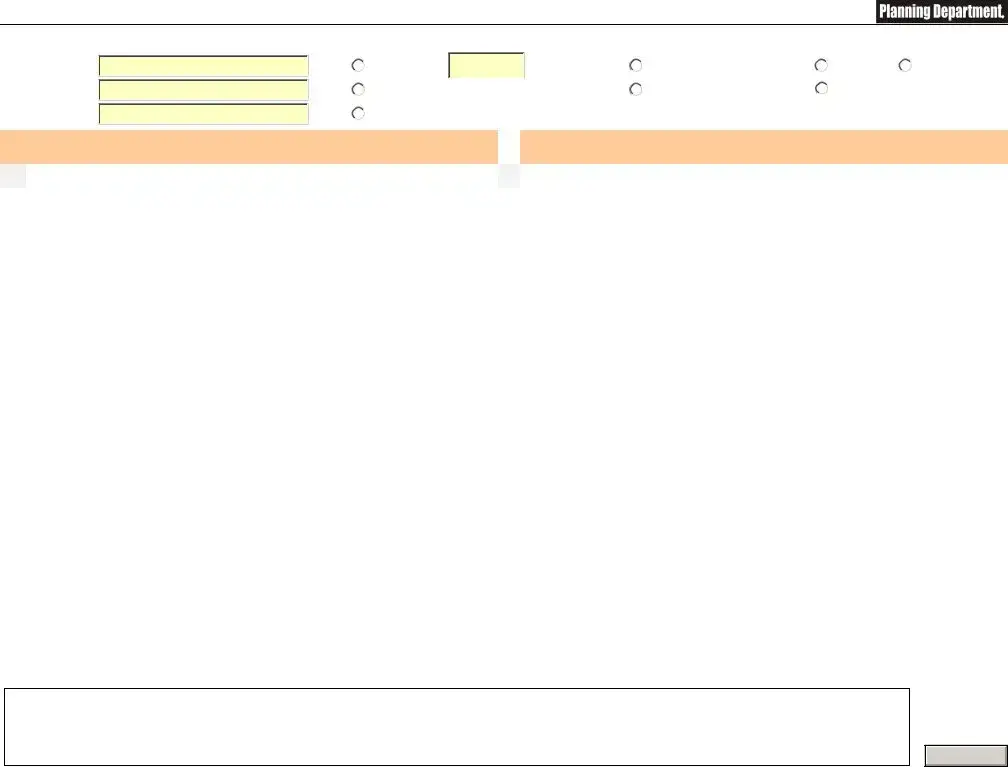Filling out an Electrical Panel Schedule form may seem straightforward, but many people encounter pitfalls that can lead to confusion and potential safety hazards. Understanding these common mistakes can help ensure that the electrical system runs smoothly and safely.
One frequent error is neglecting to include all circuits in the schedule. It’s tempting to skip circuits that may seem inconsequential, like those for outdoor lights or appliances rarely used. However, every circuit matters. When circuits are omitted, it can lead to an incomplete picture of the electrical load, risking overloading the panel.
Another mistake often made is failing to accurately label each circuit. Clear labeling is crucial for identifying the function of every circuit. If the label reads "Living Room," but the circuit actually powers the kitchen, this can cause confusion down the line. When repairs are needed, or issues arise, it becomes vital to know exactly what each circuit controls.
Additionally, many people forget to include load calculations on their schedules. Load calculations determine whether the electrical panel can handle the demands placed on it. Neglecting this step could lead to an overloaded system, creating potential risks of circuit breaker trips and, worse, electrical fires.
People might also misplace location details within the form. Not specifying where circuits are located—whether in the basement, attic, or elsewhere—can complicate troubleshooting and maintenance. Without precise location information, anyone trying to resolve an electrical issue may spend unnecessary time searching for circuits.
Lastly, a common oversight is not updating the schedule after modifications to the electrical system. Moving or adding outlets and appliances requires an updated schedule to reflect these changes. Otherwise, the panel schedule will become outdated, leading to confusion and potential risks in the future.
Avoiding these five mistakes can make a significant difference in the safety and efficiency of an electrical system. With careful attention to detail, individuals can ensure their Electrical Panel Schedule form is accurate, complete, and a reliable resource for anyone working with the electrical system.

